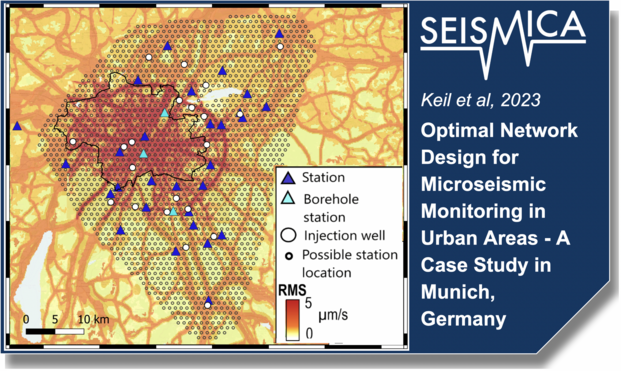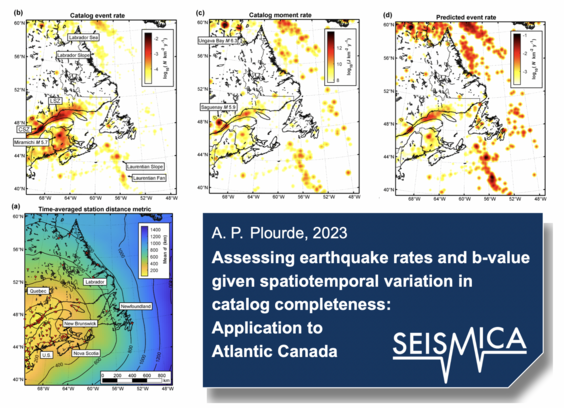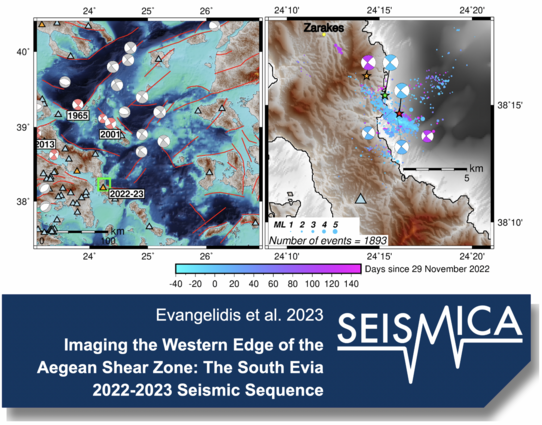How to best design and improve a microseism monitoring network in an urban environment?
Through an optimization program, Keil et al. find the optimal number and distribution of seismic stations for an urban area with heterogeneous noise conditions:
https://seismica.library.mcgill.ca/article/view/1030
#Seismology #EarthquakeScience #DiamondOpenAccess #Earthquake #OpenAccess #OpenScience #Munich #optimization #seismicmonitoring #seismicnetwork



